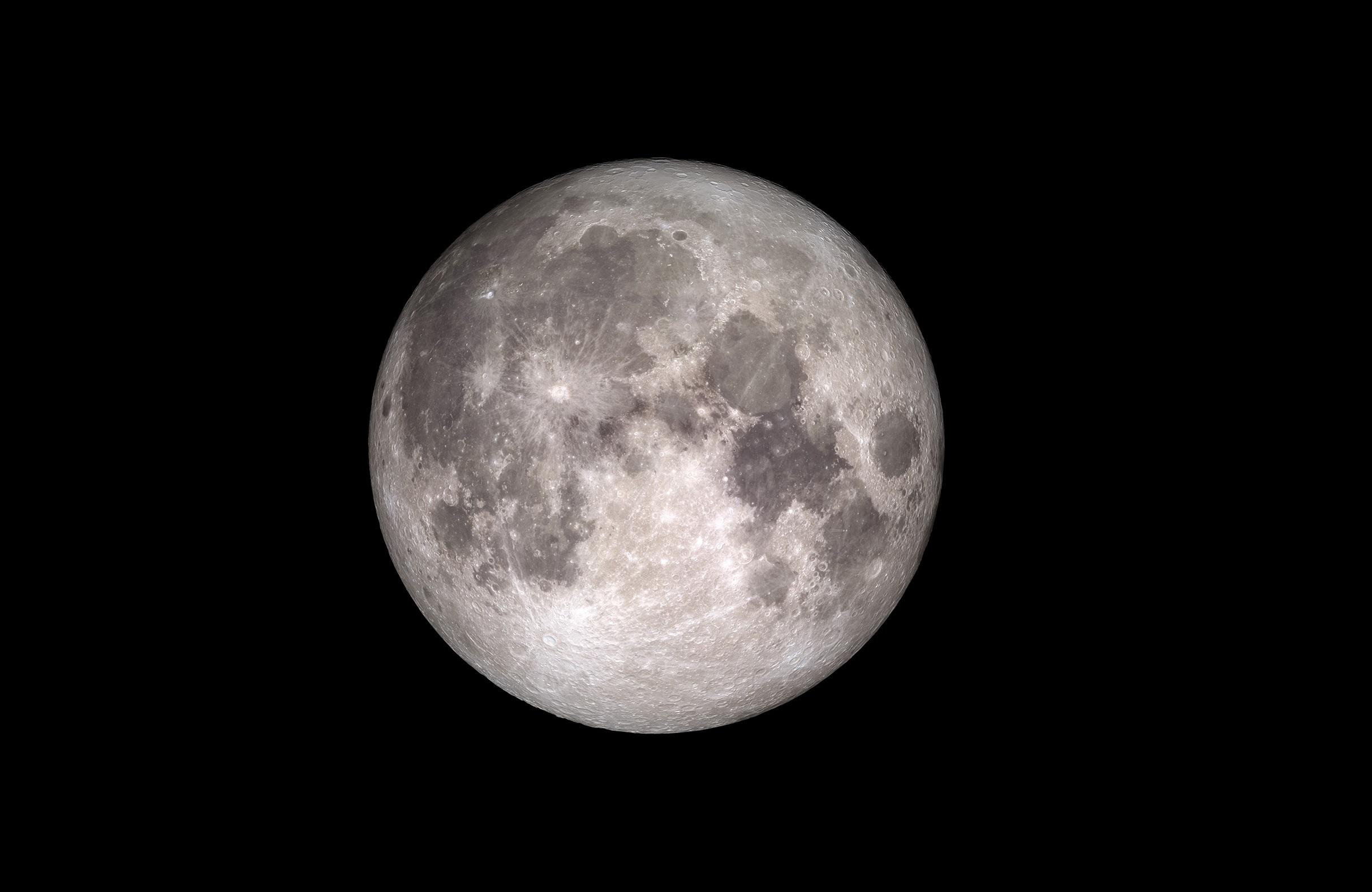During the Apollo Era, one of the most important operations conducted by astronauts was sample-returns, where lunar rocks were procured and brought back to Earth. The study of these rocks revealed a great deal about the composition, structure, and geological history of the Moon. This led to profound discoveries, including the presence of water on the Moon and the fact that both Earth and its only satellite formed together.
Over time, scientists have taken advantage of new techniques and technology to conduct more in-depth analyses to learn more about the formation and evolution of the Moon. Recently, a team of researchers from Brown University and the Carnegie Institution for Sciences (CIS) examined some of these samples for sulfur isotopes to shed new light on the early history of the Moon and its evolution.
Continue reading “Apollo Rocks Reveal the Moon’s Early History”

